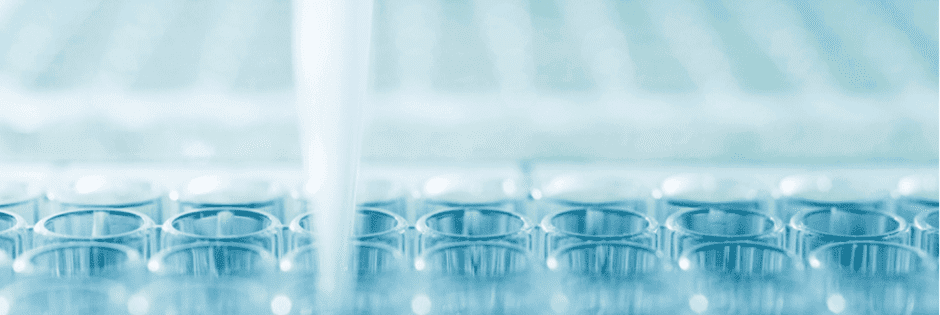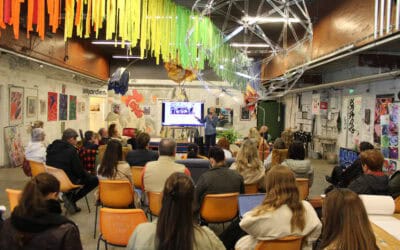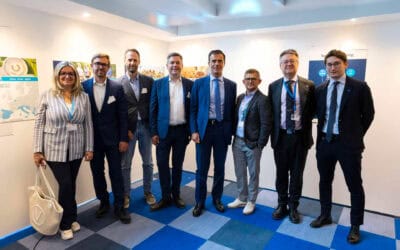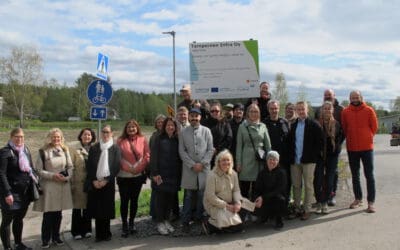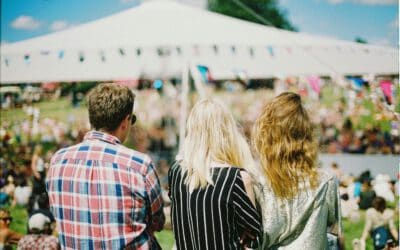The Blue Biotechnology Alliance is one of 35 projects approved in the first call of Interreg Baltic Sea Region. Its goal is to connect blue biotechnology product ideas with the know-how and resources needed to bring them to life.
From fish oil to biofuels to drugs combatting diabetes – the Baltic Sea has a lot to offer. We are seeing the trend that consumers prefer natural ingredients and resources that can be traced back to source rather than synthetic additives and products. Entrepreneurial minds are coming up with new marine-based product ideas every day, and some infrastructure for blue biotechnology is already in place. It might be surprising, then, that the full potential of the Baltic Sea is currently underused.
One reason for this is that the different actors working in blue biotechnology in the region are not aligned in one value chain. The idea of the Alliance is precisely to bring these different strands of expertise and resources together. It will offer a matchmaking service for entrepreneurs, businesses, universities and research institutes around the Baltic Sea to connect a product idea with the resources needed to bring it to life.
“People will come to us with an idea and say, ‘This is what I need,’” explains Deniz Tasdemir, who heads marine natural products chemistry research at GEOMAR, the Helmholtz Centre for Ocean Research Kiel. She adds, “We will look at that need, and based on the database that we will develop, say, ‘For that, you need such-and-such expertise, which is available at this university or that company.’ Then we match these partners with each other.”
That is how Natalia Kujawska, CEO of Biovento in Poland, envisages the project: “My company wants to put a cosmetics additive using active compounds on the market. I am a scientist and can obtain the active compound with microalgae in the lab. Then the lab work is finished. After that, I need help from companies or universities to develop the process that will bring this product to market. In Poland, there are not that many companies or institutes connected with blue biotechnology. With ALLIANCE, I can tap into a larger pool of capacities in the Baltic Sea region.”
Text by Fiona Woo based on an interview by Laura Supjeva with Deniz Tasdemir and Antje Lebes representing the project coordinator (GEOMAR), Tommi Vollmann (SUBMARINER Network) and Natalia Kujawska (Biovento).
Related links
» Project summary
» Project lead partner GGEOMAR Helmholtz Centre for Ocean Research Kiel



